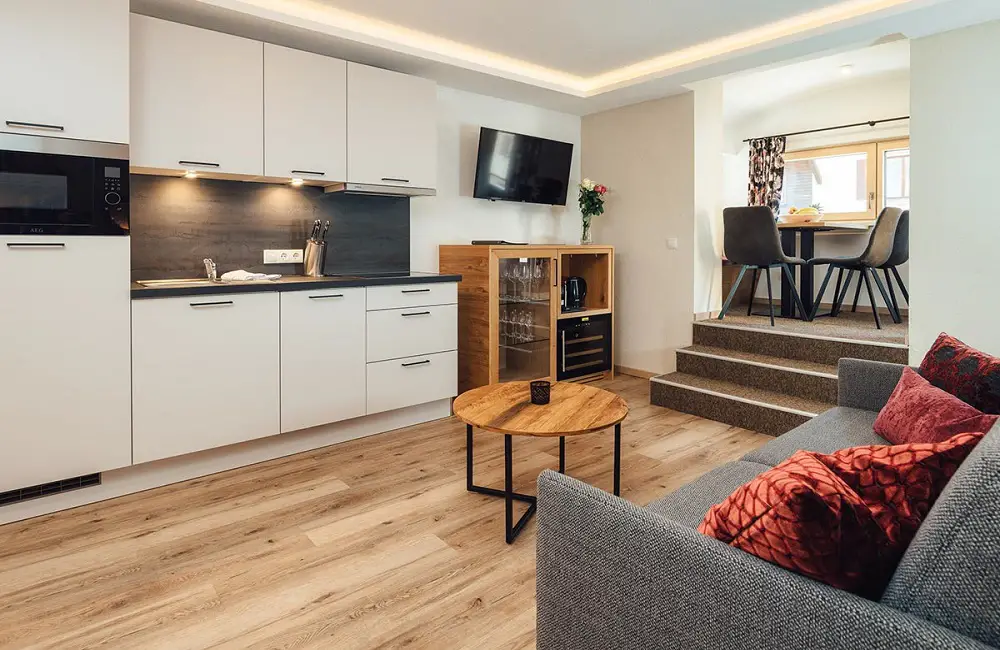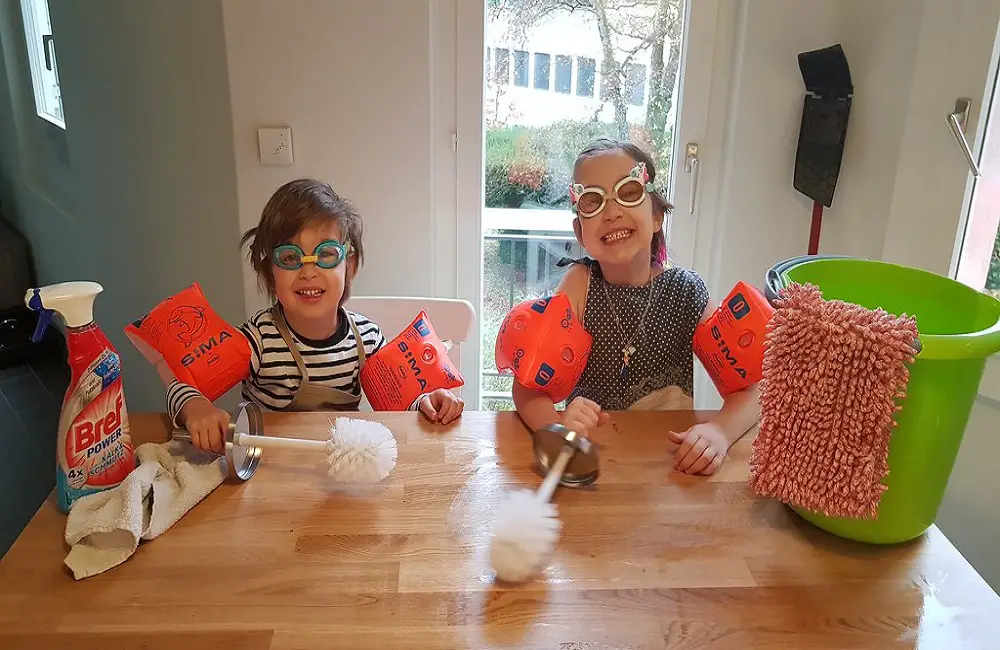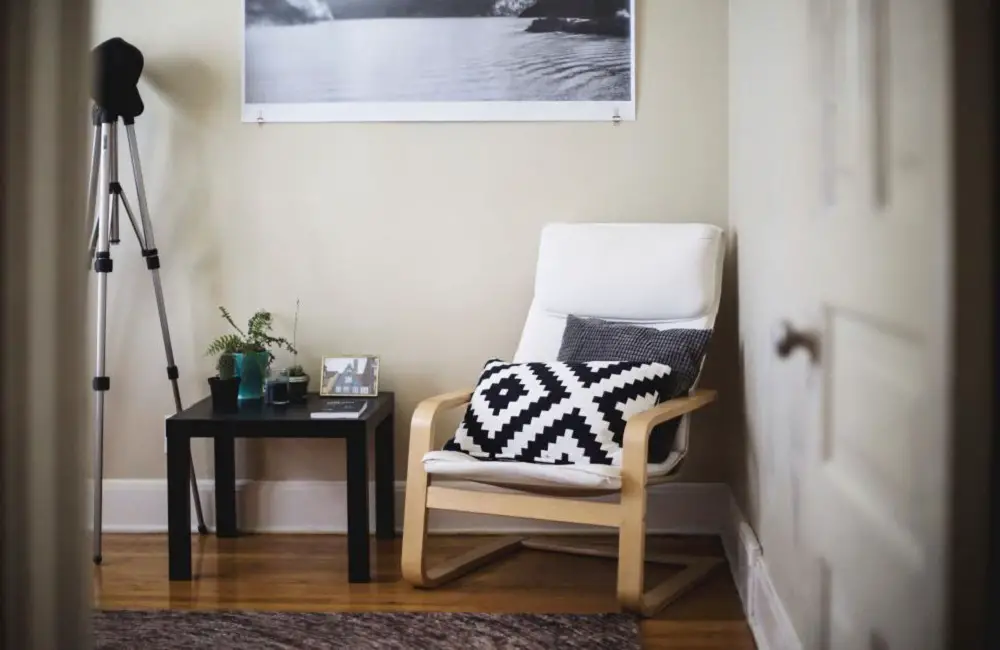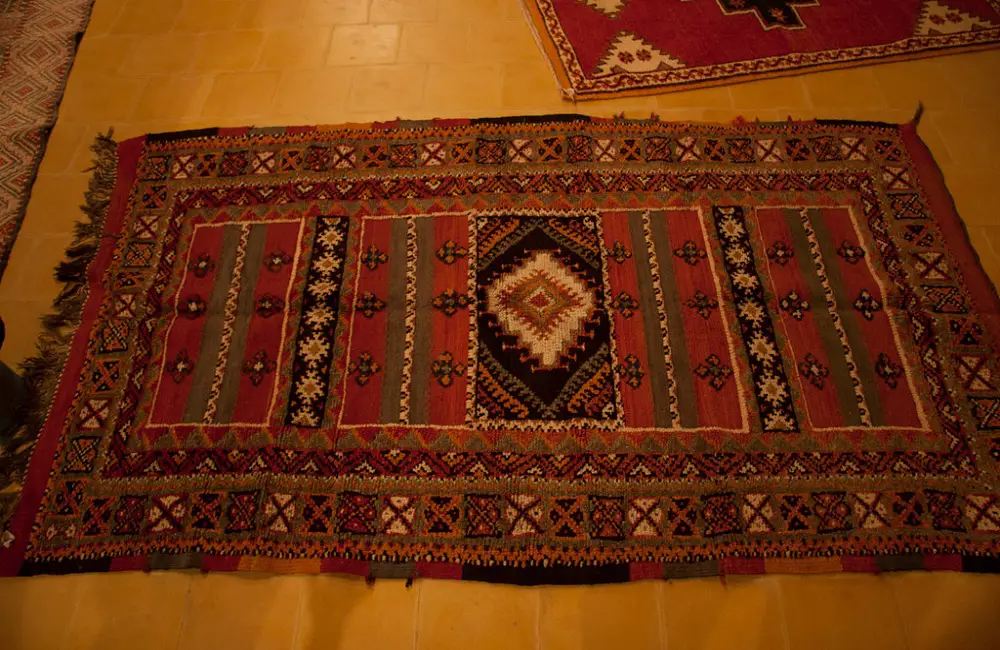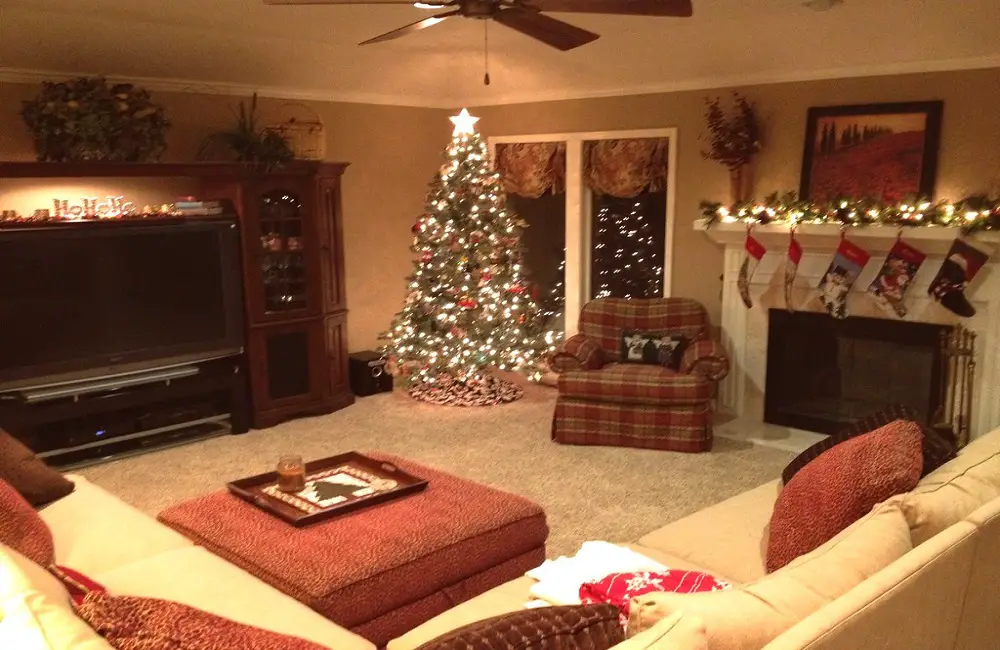How To Make Your Apartment Look Expensive? 10 Effective Ways!
Creating a luxurious apartment on a small budget may initially seem challenging. However, with the strategic implementation of clever decorating tricks and a discerning eye for style, you can effortlessly transform your living space into a high-end retreat. In this comprehensive guide, we have compiled a list of 10 highly effective ways to enhance the appearance of your apartment, making it exude an expensive and sophisticated ambiance. How To Make Your Apartment Look Expensive? Add Artwork to Your Walls An excellent way to make your apartment look expensive is by adding artwork to your walls. Choose large, statement pieces and allow them to serve as the focal point of your room. You don’t have to spend a lot on these artworks, as you can find inexpensive prints or even create your own art pieces. Get Creative with Lighting Lighting creates a mood and ambiance, and can instantly elevate your home décor. One way to add a luxurious vibe to your apartment is to swap out your standard light bulbs with dimmer lights or switch to modern lighting fixtures. You can also add table lamps and floor lamps to create a cozy atmosphere. Add Plants to Your Space Adding plants to your apartment can not only enhance the aesthetic, but they can also improve your air quality. You can place plants in corners, shelves, or even hang them from the ceiling. Large plants like potted fiddle leaf fig trees or tall snake plants can make your apartment look more expensive. Accessorize with Throw Pillows Throw pillows can add color, texture, and a touch of luxury to your apartment décor. You can mix and match different patterns or colors that complement your furniture. Choose pillows with metallic accents or a velvet finish to create a more glamorous look. Hang Your Curtains High Another way to create an illusion of height and space is by hanging your curtains high. Installing curtains closer to the ceiling can make your ceilings appear higher and adds a touch of sophistication to your apartment. Invest in a Quality Rug A quality rug can instantly elevate your apartment’s décor. Focus on purchasing a rug with high-quality materials like wool or viscose. The right size and pattern can also add texture and dimension to your space. Add Mirrors to Your Space Mirrors not only create the illusion of space, but they can also reflect light and add a touch of glamor to your apartment. You can add small pieces or large statement mirrors throughout the apartment, but be strategic about placement to create the desired effect. Declutter and Organize Your Space A cluttered home can look unkempt, messy, and even cheap. Decluttering your apartment by removing unnecessary items and organizing items properly can make your space appear larger and more expensive. Create a Gallery Wall A gallery wall can showcase your favorite artwork or even your own photographs. You can arrange a collection of photographs or artwork in frames that complement each other, creating a cohesive look. Ensure to place the gallery wall on an accent wall to create a more dramatic impact. Don’t Make the TV the Focal Point When it comes to elevating the appearance of your apartment and creating an air of sophistication, one tip that shouldn’t be overlooked is to cleverly conceal your television. In today’s modern apartment homes, the layout of the living room often necessitates arranging the furniture in a way that revolves around the TV. However, this can result in the TV becoming an attention-grabbing focal point that detracts from the overall aesthetic of the room. Consider this: a large, black television prominently displayed on a wall can significantly diminish the visual appeal of the space. It sends a message that is not conducive to creating an atmosphere of elegance and style. Thankfully, there are ways to overcome this challenge and avoid being burdened by the TV dominating the room. This is particularly relevant in small, rented apartments where every design choice matters. By implementing strategic techniques and incorporating creative solutions, you can achieve an apartment that exudes sophistication and luxuriousness, even with a TV as part of the setup. Final Thoughts Transforming your apartment into an expensive and luxurious space doesn’t always require a hefty budget. By implementing thoughtful decorating strategies and emphasizing quality, you can achieve a beautiful and welcoming retreat. Consider adding eye-catching statement pieces, introducing new textures, and optimizing lighting arrangements to elevate the overall ambiance of your apartment. Remember to prioritize simplicity and organization while enjoying the freedom to make creative decorating choices that reflect your personal style and taste.
How To Make Your Apartment Look Expensive? 10 Effective Ways! Read More »

